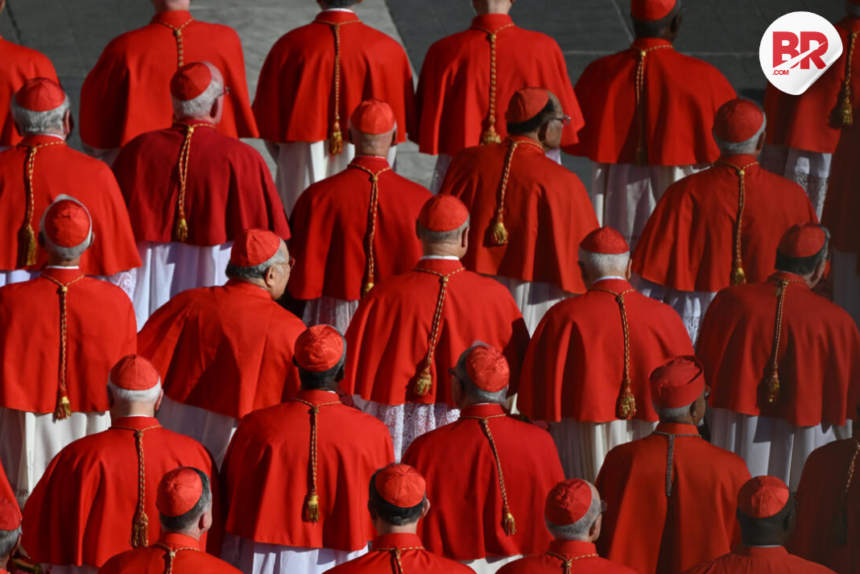
On April 21, 2025, the Catholic Church entered a new chapter. With the confirmed death of Pope Francis, the world’s 1.3 billion Catholics began a solemn transition known as Papal Succession—a centuries-old process that blends deep faith with carefully preserved rituals.
A Global Church in Mourning
For Catholics and curious onlookers alike, the passing of a Pope isn’t just about grief—it’s about change. The Sede Vacante or “vacant see” officially begins the moment the Pope dies. That’s when the real work starts, and the eyes of the world turn to the Vatican.

But what exactly happens in this rare moment of religious pause?
Tradition Meets Transition
First, the Cardinal Camerlengo—currently Cardinal Kevin Farrell—steps in. His role is crucial. He confirms the Pope’s death through a ritual that once involved tapping the Pope’s forehead with a silver hammer and calling his baptismal name. The Fisherman’s Ring, a symbol of papal authority, is then destroyed, along with seals used to sign official documents. This prevents forgery during the interregnum.
In today’s digital age, that ancient ritual still holds power—a reminder that, even in modernity, the Church remains rooted in tradition.
Also Read Pope Francis Dies: The Quiet Rebel Who Divided and Redefined the Church
The Countdown to Conclave
As the Vatican prepares for the conclave, cardinal electors under age 80 are called to Rome. They represent the Church’s diversity—men from across continents, languages, and ideologies—tasked with choosing the next Pope. Until that decision is made, they are secluded within Vatican City, forbidden from communicating with the outside world.
This isn’t your average boardroom meeting. It’s one of the most secretive and sacred elections in the world.
In the Meantime…
While the world watches, the College of Cardinals handles Church affairs. They plan the Pope’s funeral—an event usually held in St. Peter’s Square, broadcast to millions. They also prepare the Sistine Chapel, securing everything from voting papers to sleeping arrangements.
Importantly, no major Church policies can be decided during this time. Their role is strictly administrative. Think of it as a spiritual caretaker government.
The Conclave Begins
Once inside the Sistine Chapel, the cardinal electors vote up to four times daily. A two-thirds majority is required. After each round, ballots are burned.
- Black smoke: No consensus.
- White smoke: A new Pope has been chosen.
This signal from the Vatican chimney is more than tradition—it’s a global headline in the making.
Also Read JD Vance Visits India on a Diplomatic Charm Offensive: But What’s the Endgame?
Habemus Papam: A New Era Begins
When the white smoke appears, the world holds its breath. Soon, a cardinal steps onto the St. Peter’s Basilica balcony and declares: “Habemus Papam!” (“We have a Pope!”). The new Pope emerges, greets the faithful, and gives his first blessing—Urbi et Orbi, to the city and the world.
It’s a moment rich in symbolism. A new spiritual leader is revealed. A new chapter begins.
What It Means for the World—and India Too
For many Indians, regardless of faith, the papal succession is a spectacle of global significance. India has one of the largest Catholic populations in Asia—around 20 million faithful. A new Pope can influence global policies on peace, climate, migration, and interfaith dialogue.
In a world divided by politics, this moment of unity—guided by incense, prayer, and centuries of tradition—is quietly profound.
Also Read He Leaked War Plans Twice. Yemen Houthi Attack Leak Exposes Pentagon Power Struggles












